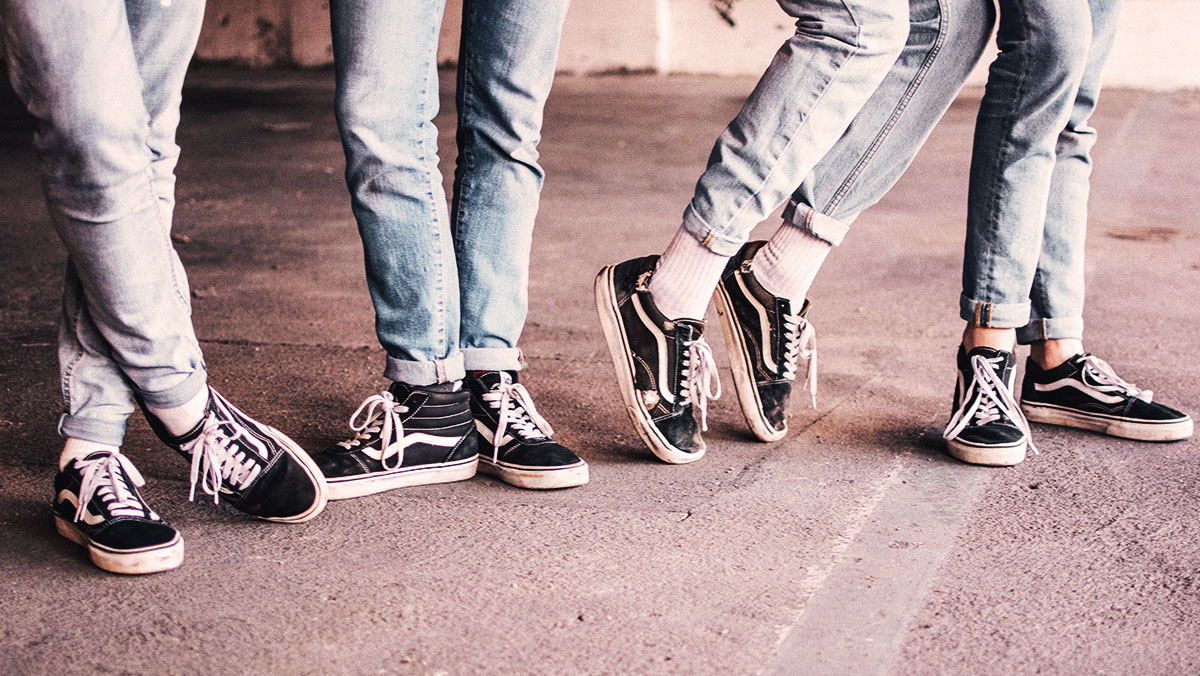
Those of us who work in branding know how frustrating it is when, after presenting innovative and distinctive proposals, the client drives the project in such a way that the result ends up similar to the category leader. I have always tried to find an explanation for this phenomenon, but the ones I found were based more on perceptions and instincts. For some time, I have been studying how our brains work and how we behave, based on studies and research in neuroscience, cognitive and evolutionary psychology, behavioral science, and behavioral economics. Using insights from this research, I have been able to determine with a more solid foundation why this happens, what makes us want to look like others, and why it is so difficult for us to become distinctive.
Martin Lindstrom calls this phenomenon the “chicken cage syndrome” and relates it to the fact that our brain is naturally wired to prevent us from making changes. While this is partially true, there are other reasons that cause this aversion to change. These other reasons can be encapsulated in what I have called the “rejection syndrome”. In the sections below, I describe the constitutive elements of the “rejection syndrome” and lay out how they affect our thinking and behavior.
Body budget manager
Our brain basically runs our body’s budget, as Dr. Lisa Feldman Barrett would say. It makes sure that our body is functioning as optimally and balanced as possible and that it remains in energy-saving mode as much as possible. That means we are on autopilot most of the time. That’s why most of the decisions we make during the day (more than 35,000) are made automatically and unconsciously.
A bird in the hand…
Many neuroscientists also refer to the brain as a pattern-seeking machine. It is constantly searching for familiar patterns so that it can anticipate what is going to happen. In this way, it can assess in advance and prepare to keep us alive or prepare our body for an energy-consuming experience.
Therefore, it will always and mostly unconsciously choose what is already known.
Being part of the herd
Humans are interdependent mammals. We wouldn’t be able to survive without the help of others. We are social animals. Therefore, from an evolutionary perspective, being accepted by our herd or tribe greatly increases our chances of survival. We still have this “instinct”, as do so many others. Neuroscience has found that, when we are rejected by peers or our mate, the same regions of the brain are oxygenated as when we are physically hurt. So, in order to be accepted, the tribe should not see us as a threat or a burden, and being different could cause them to see us that way.
We are mirrors
Finally, one of the characteristics that allow us to survive on this planet and learn to perform is the ability to copy and imitate others. This is mainly due to the mirror neurons that play a major role in our early age. We’ve all made silly faces to a baby and watched him try to replicate our movements. This continues throughout our lives. It is the phenomenon that allows us to empathize with others or lower our voices when someone whispers to us, for example. It is something quite natural for us humans to follow the actions of others, and we especially follow the actions of those with whom we identify or belong to our “tribe”.
So, when we put all these elements together, we can understand why we want to do what others do, especially when we know that they have been successful. From an evolutionary perspective, this natural reflex or impulse was a vital survival mechanism.
While it is true that no marketing manager would lose their life if they decided to take the risk of doing something distinctive, it is equally understandable that they would not want to do so.
The easiest way to counteract this is precisely to highlight the risk that paradoxically exists when you do the same thing as everyone else in a market flooded with brands and stimuli.
Cover image source: Ben Weber